Music festivals through the decades
Music festivals have long been a haven for music lovers, offering a unique blend of live performances, cultural exchange, and unforgettable experiences. From their humble beginnings as small gatherings to the massive spectacles we see today, festivals continue to be a testament to the power of music in bringing people together. Whether you’re swaying to the rhythm with friends or discovering new artists, these events are a celebration of creativity and community.
The Origins: Jazz and Folk Festivals of the 1950s
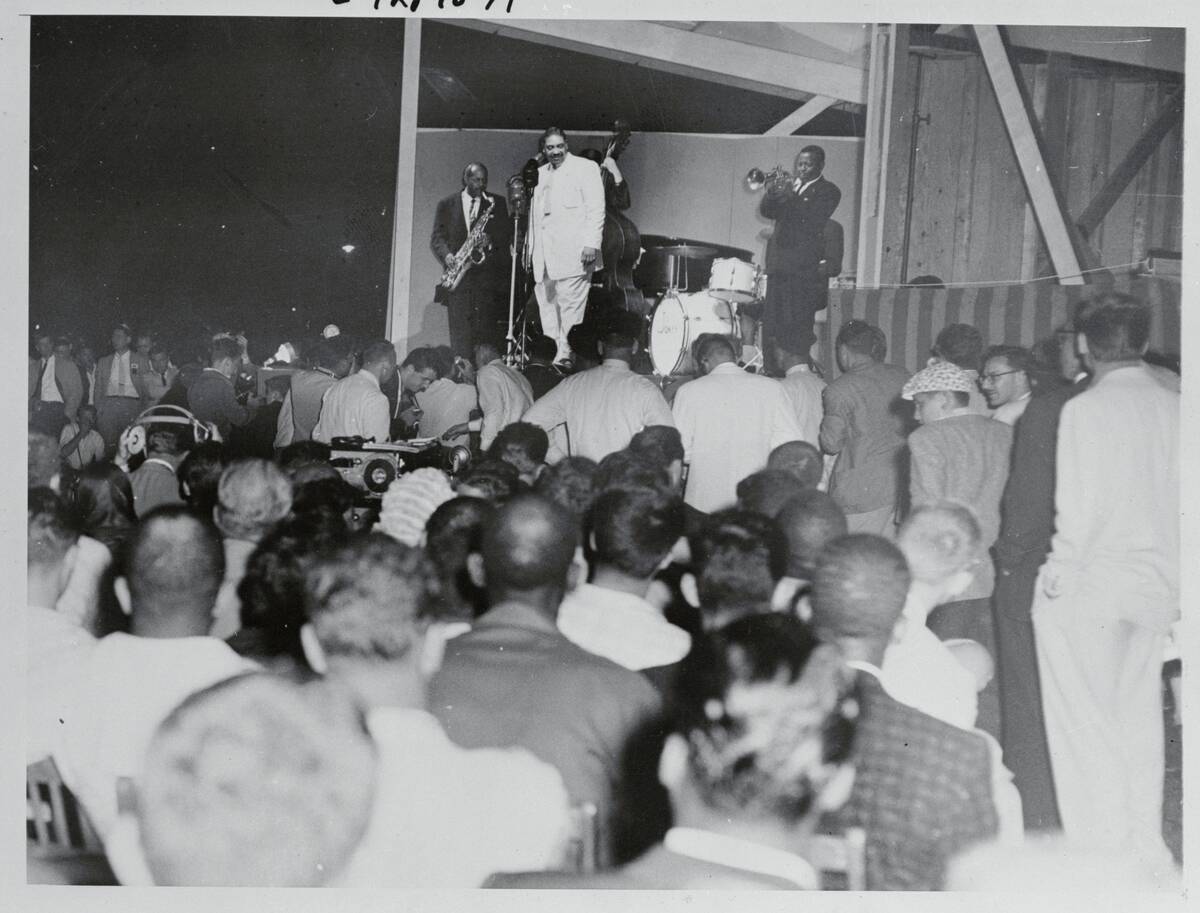
The 1950s saw the birth of music festivals with the advent of jazz and folk gatherings. The Newport Jazz Festival, founded in 1954, is often credited as the first modern music festival. It attracted legendary artists like Billie Holiday and Louis Armstrong, setting the stage for future events. Similarly, the Newport Folk Festival, established in 1959, played a crucial role in the folk music revival, hosting icons like Bob Dylan and Joan Baez.
The Psychedelic Vibes of the 1960s
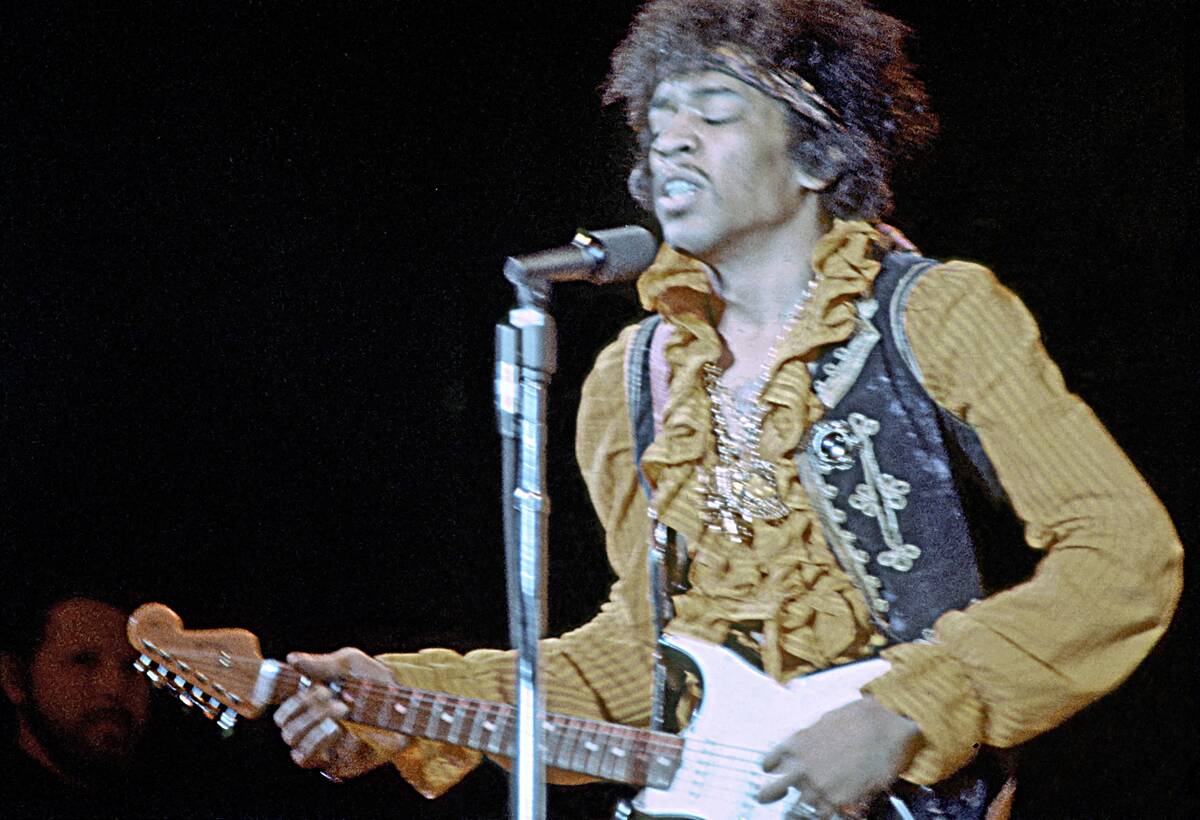
The 1960s ushered in a new era of music festivals, characterized by vibrant psychedelic vibes and countercultural movements. Events like the Monterey Pop Festival in 1967 showcased eclectic lineups featuring Jimi Hendrix and Janis Joplin, introducing psychedelic rock to a wider audience. These festivals were more than just musical events; they were cultural milestones that embraced peace, love, and artistic freedom.
Woodstock: The Festival That Defined a Generation
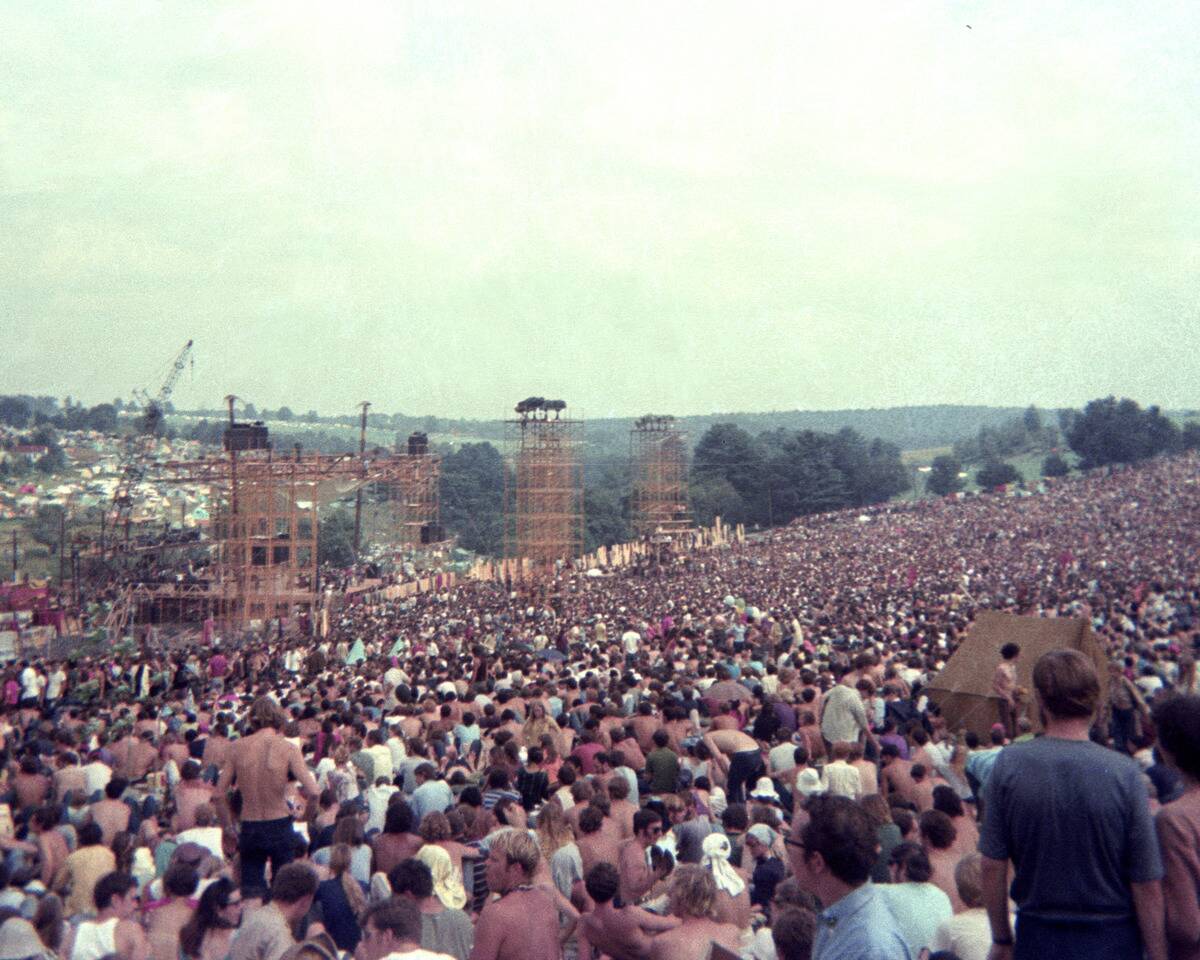
Woodstock, held in 1969, remains one of the most iconic music festivals in history, symbolizing the height of the ’60s counterculture. With performances by artists such as Jimi Hendrix, The Who, and Santana, Woodstock attracted over 400,000 attendees despite initial expectations of a much smaller crowd. The festival epitomized the era’s ideals of peace and music, leaving a lasting legacy on the festival scene.
The Rise of Rock Festivals in the 1970s
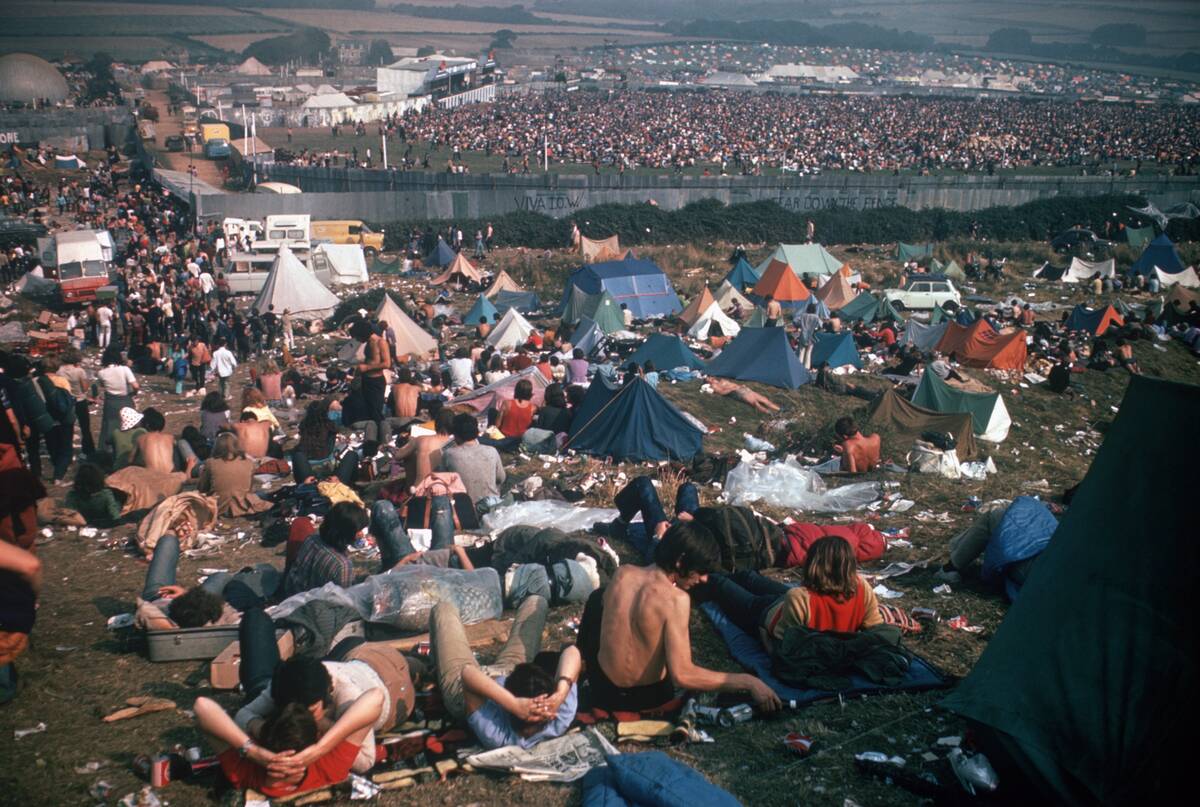
The 1970s witnessed the rise of rock music festivals, with events like the Isle of Wight Festival and California Jam drawing huge crowds. California Jam, held in 1974, featured a lineup including Deep Purple and Emerson, Lake & Palmer, and attracted over 200,000 fans. These festivals became known for their immense scale and high-energy rock performances, cementing rock’s place in festival culture.
Punk and New Wave: The Rebellious 1980s
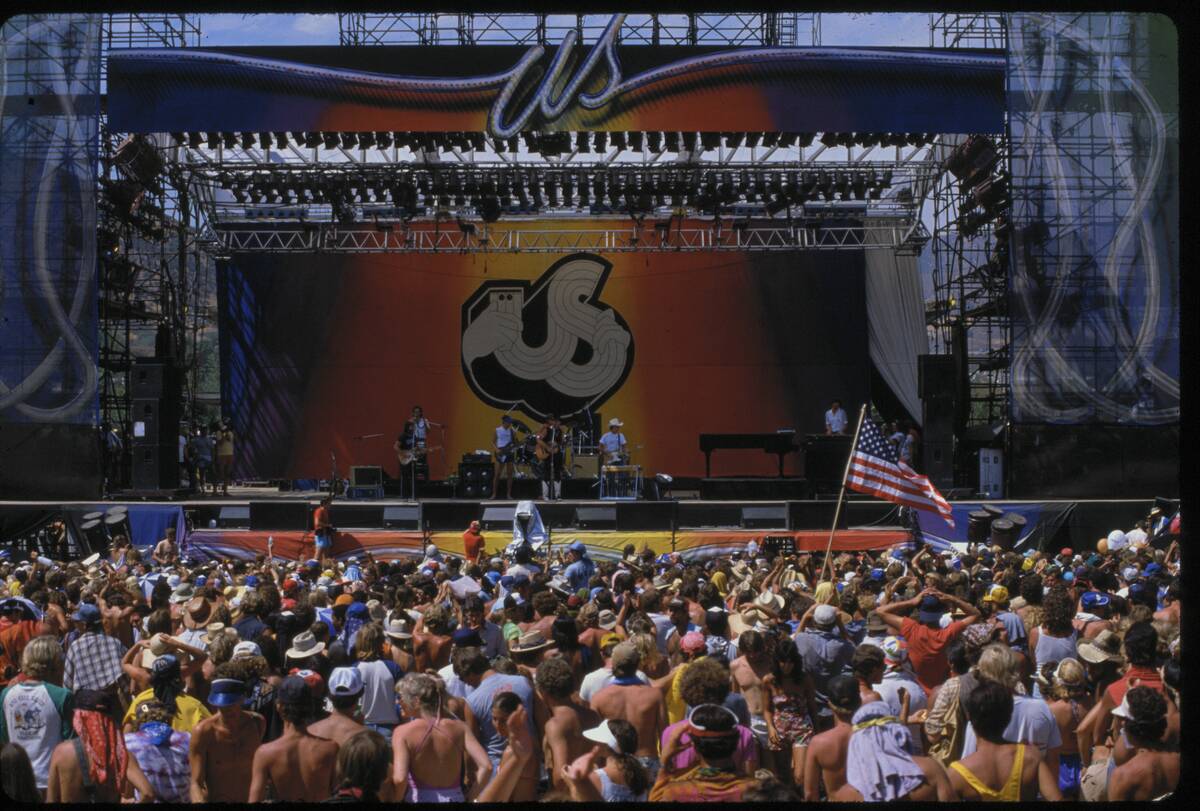
The 1980s introduced a rebellious edge to music festivals with the emergence of punk and new wave. Events like the US Festival in 1982 and 1983 showcased a diverse range of acts, highlighting the era’s eclectic musical landscape. These festivals were a reflection of the decade’s DIY ethos and underground culture, providing a platform for alternative music scenes.
The Emergence of Electronic Music Festivals in the 1990s
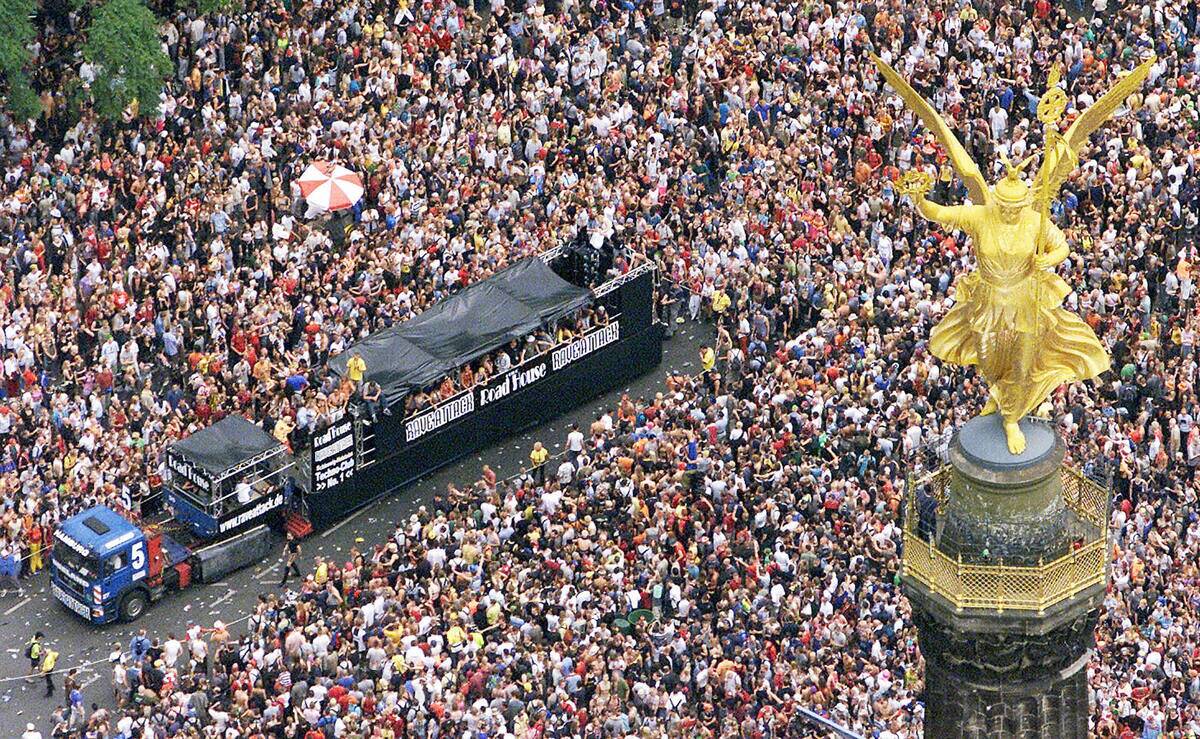
The 1990s saw the rise of electronic music festivals, as the genre gained mainstream popularity. Events like the Love Parade in Berlin became iconic, drawing hundreds of thousands of electronic music fans from around the world. The decade also saw the launch of the first Electric Daisy Carnival in 1997, which has since grown into one of the largest electronic dance music festivals globally, showcasing the genre’s evolution.
Lollapalooza: A Festival Revolution in the ’90s
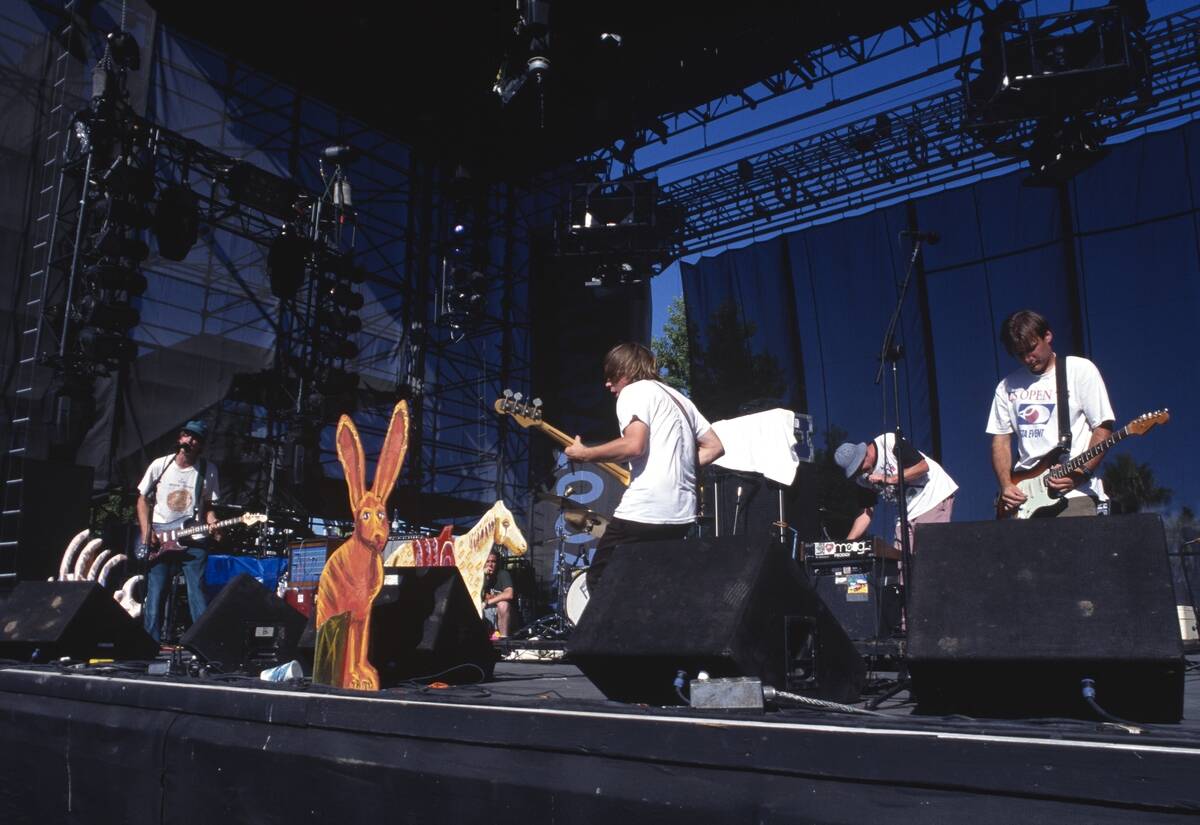
Lollapalooza, founded by Perry Farrell in 1991, revolutionized the music festival scene by introducing a touring format that brought alternative rock to multiple cities across the US. The festival featured diverse acts like Jane’s Addiction, Nine Inch Nails, and Ice-T, catering to a wide array of musical tastes. Lollapalooza’s innovative approach paved the way for future festivals to explore new formats and genres.
The Coachella Phenomenon of the 2000s
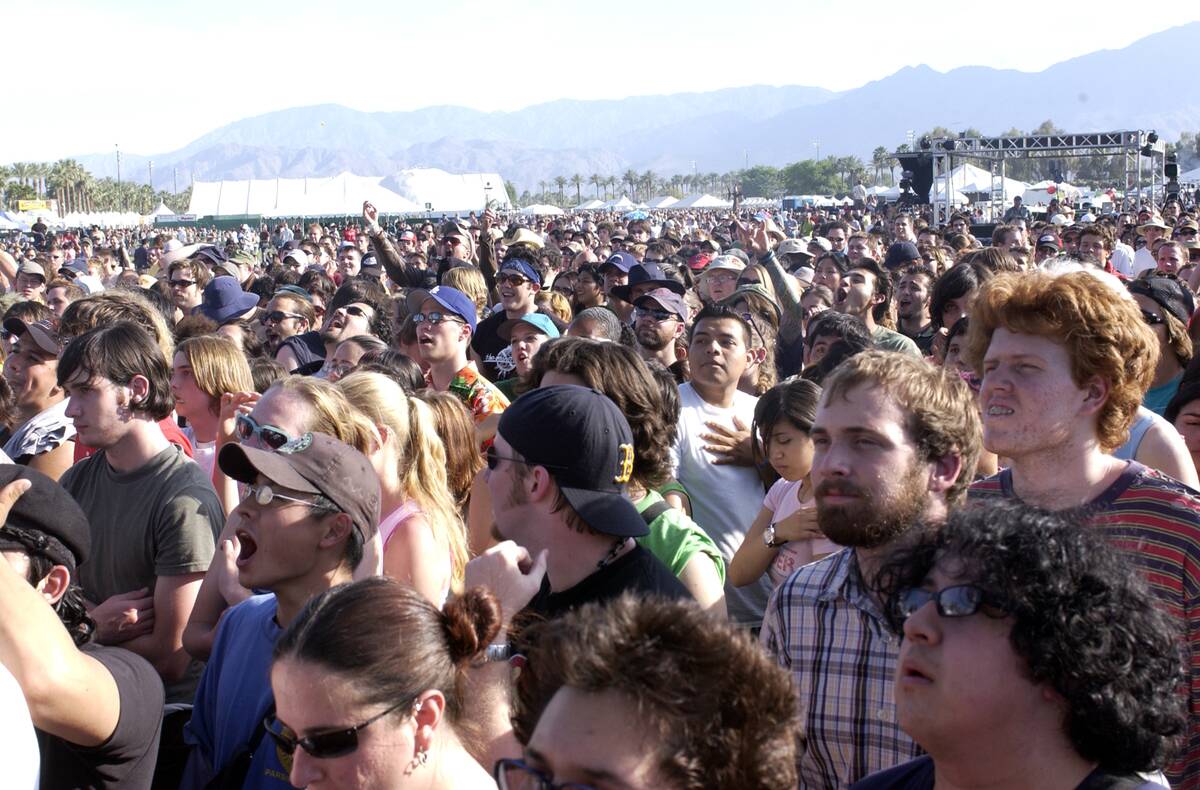
Coachella, first held in 1999, became a defining festival of the 2000s, known for its eclectic lineups and celebrity-studded crowds. Located in the California desert, the festival has hosted performances by a diverse range of artists, from Beyoncé to Radiohead. Coachella’s influence extends beyond music, with its fashion and cultural trends shaping the festival experience for millions of attendees worldwide.
Globalization of Music Festivals in the 21st Century
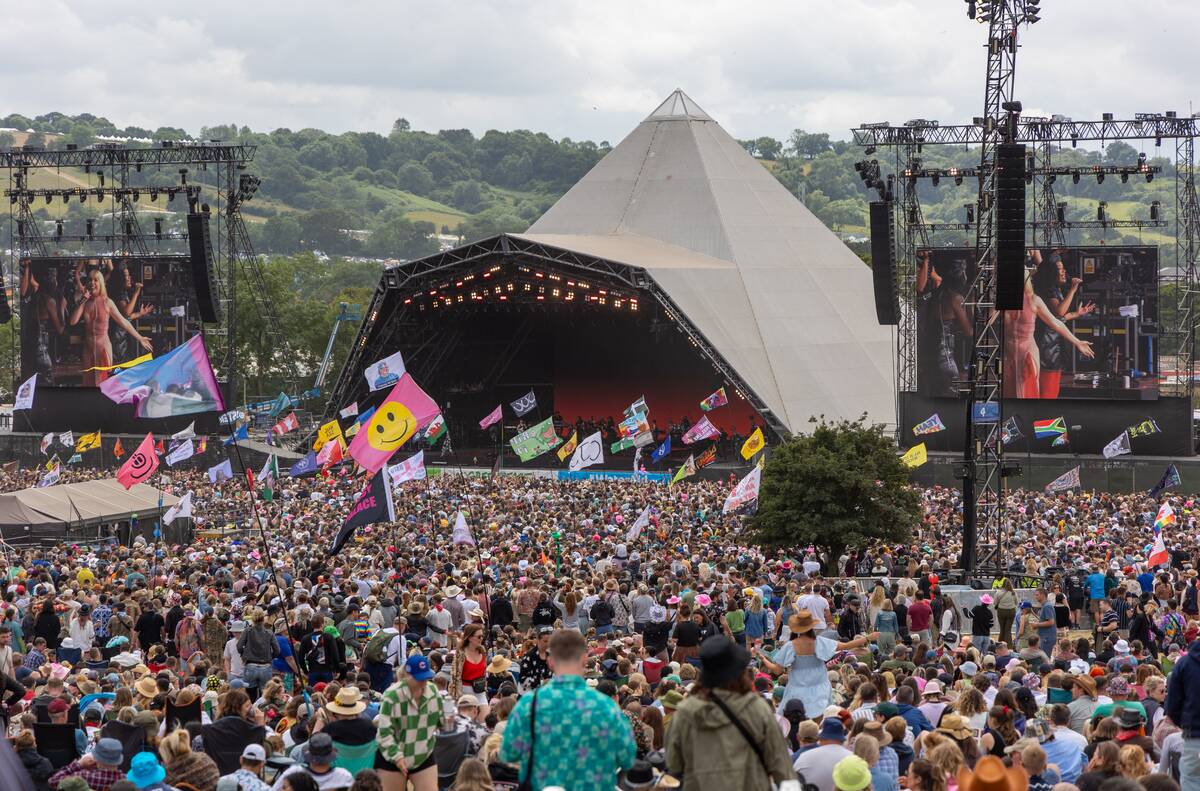
In the 21st century, music festivals have become a global phenomenon, with events taking place in nearly every corner of the world. Festivals like Tomorrowland in Belgium and Glastonbury in the UK attract international audiences, offering diverse musical lineups and immersive experiences. This globalization has allowed for cultural exchange and collaboration, bringing together artists and fans from various backgrounds and creating a truly global festival culture.
The Digital Age: Virtual Festivals and Live Streaming
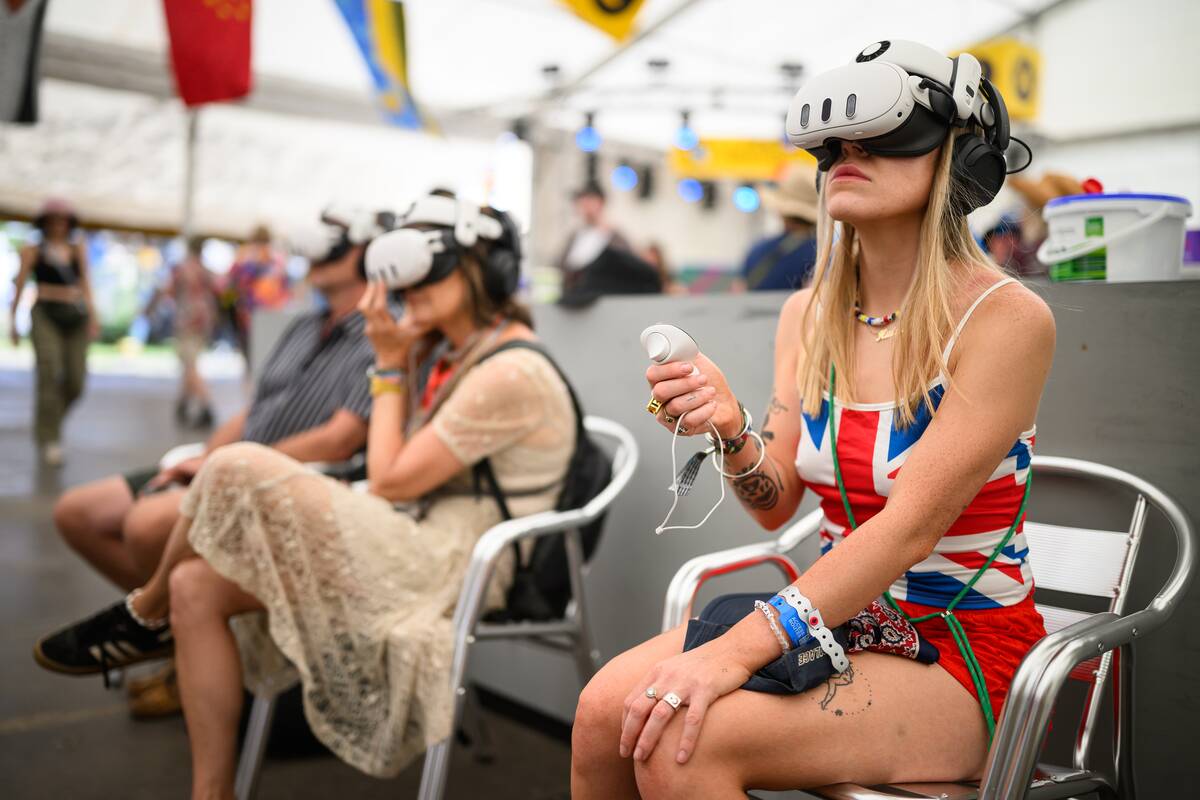
The digital age has transformed music festivals, with virtual events and live streaming becoming increasingly popular. Platforms like YouTube and Twitch allow fans to experience festivals from the comfort of their own homes, reaching audiences far beyond physical attendees. This shift was particularly evident during the COVID-19 pandemic, as festivals adapted to digital formats, ensuring that the music and community spirit could continue even in challenging times.
The Influence of Social Media on Festival Culture
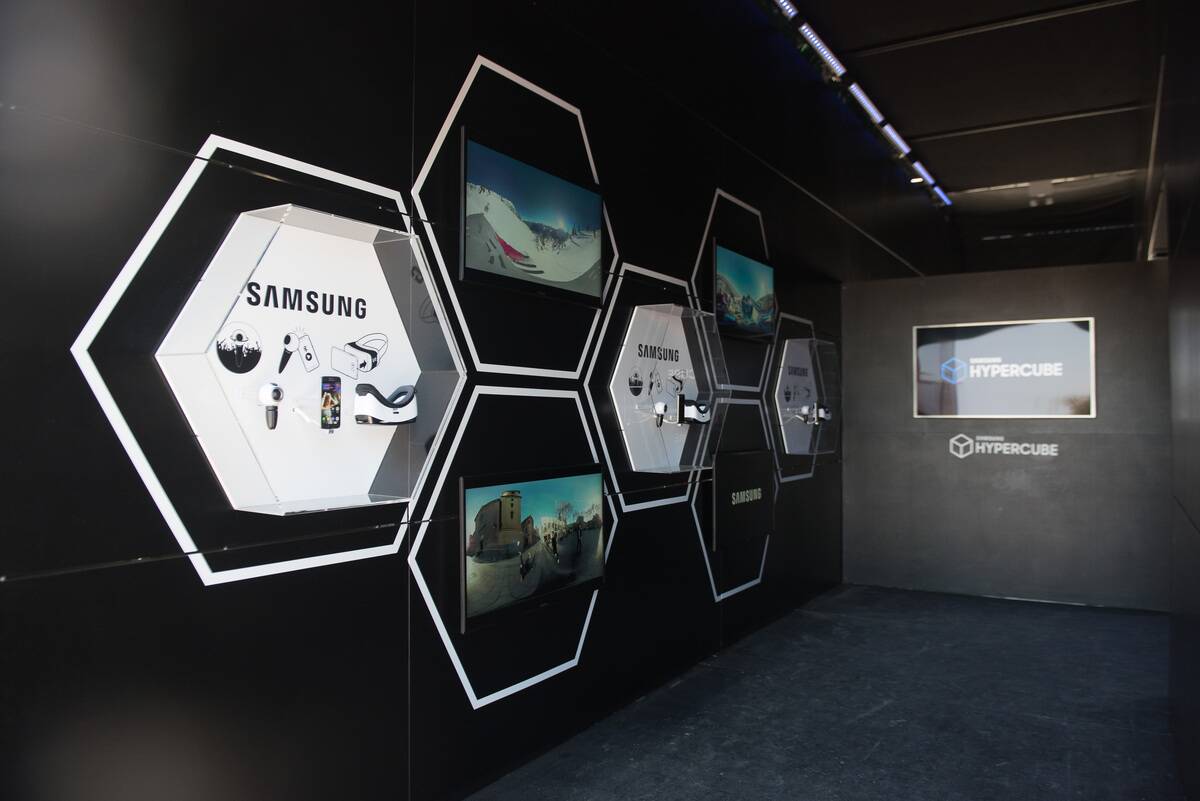
Social media has reshaped festival culture, with platforms like Instagram and Twitter providing real-time updates and behind-the-scenes glimpses. Attendees often share their experiences, creating a sense of community and excitement that extends beyond the festival grounds. This digital connectivity has also allowed festivals to engage with fans in new ways, from interactive campaigns to exclusive online content, enhancing the overall festival experience.
Eco-Friendly and Sustainable Festival Practices
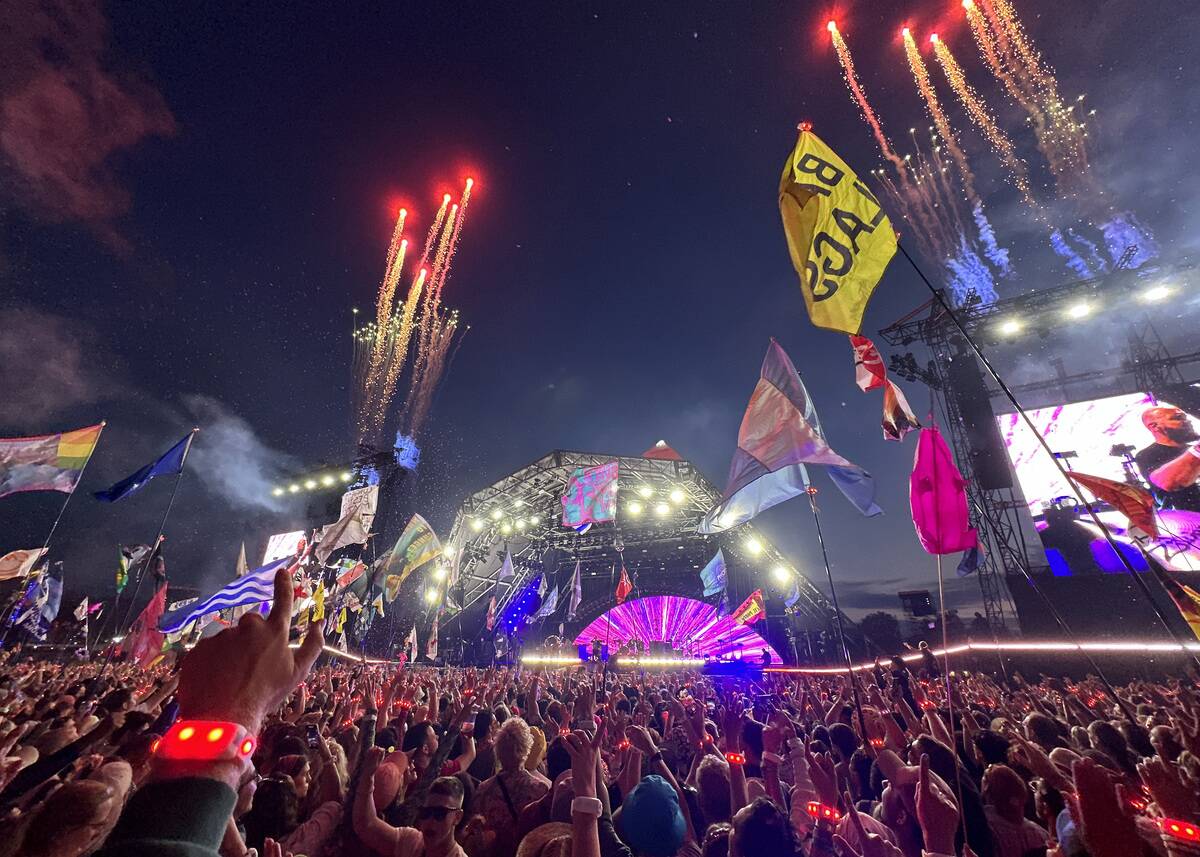
As awareness of environmental issues grows, many music festivals are adopting eco-friendly and sustainable practices. Initiatives like waste reduction, renewable energy sources, and recycling programs are becoming standard at events like Glastonbury and Bonnaroo. These efforts not only reduce the environmental impact of festivals but also inspire attendees to adopt more sustainable lifestyles, making music festivals a platform for positive change.
Cultural Diversity and Inclusion in Modern Festivals
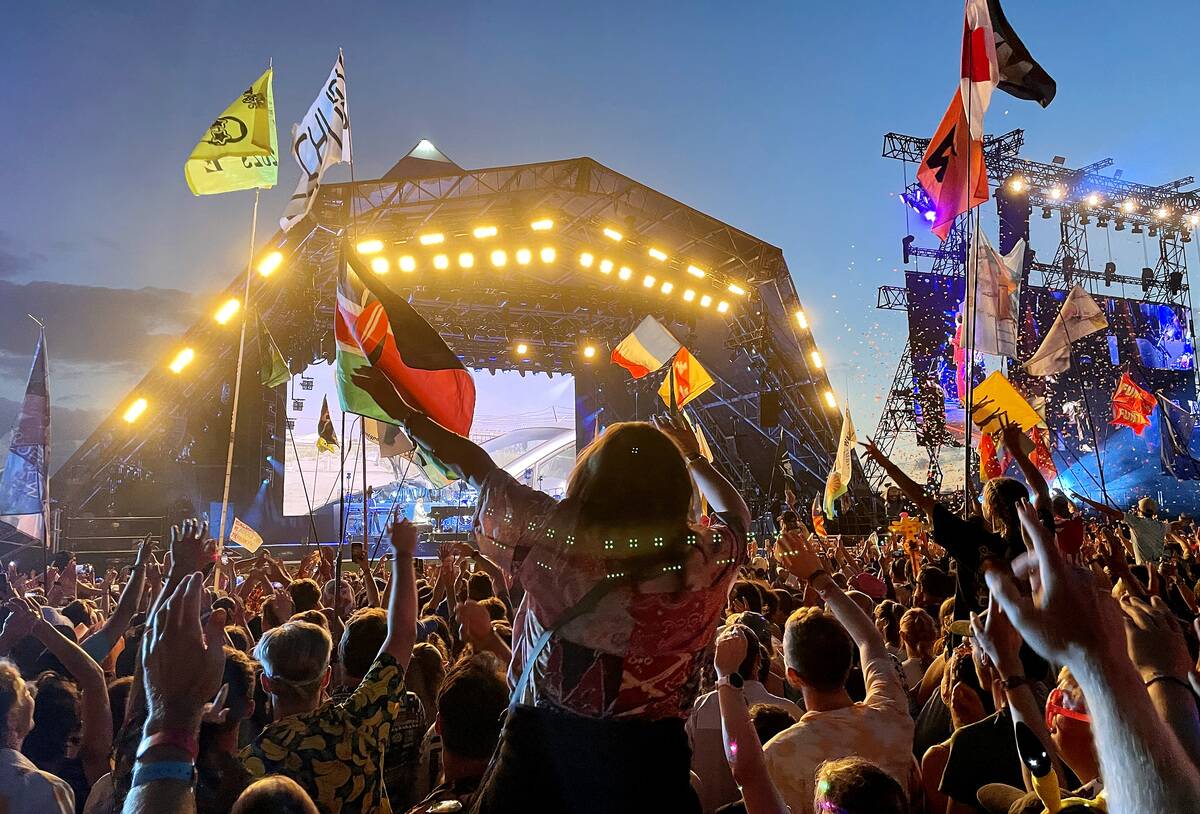
Modern music festivals are increasingly embracing cultural diversity and inclusion, showcasing a wide range of artists and genres. Events like Afropunk and WOMAD celebrate diverse musical traditions and highlight underrepresented voices, fostering a more inclusive community. This commitment to diversity enhances the festival experience, allowing attendees to explore new sounds and perspectives while promoting cultural understanding and unity.
The Economic Impact of Music Festivals on Local Communities
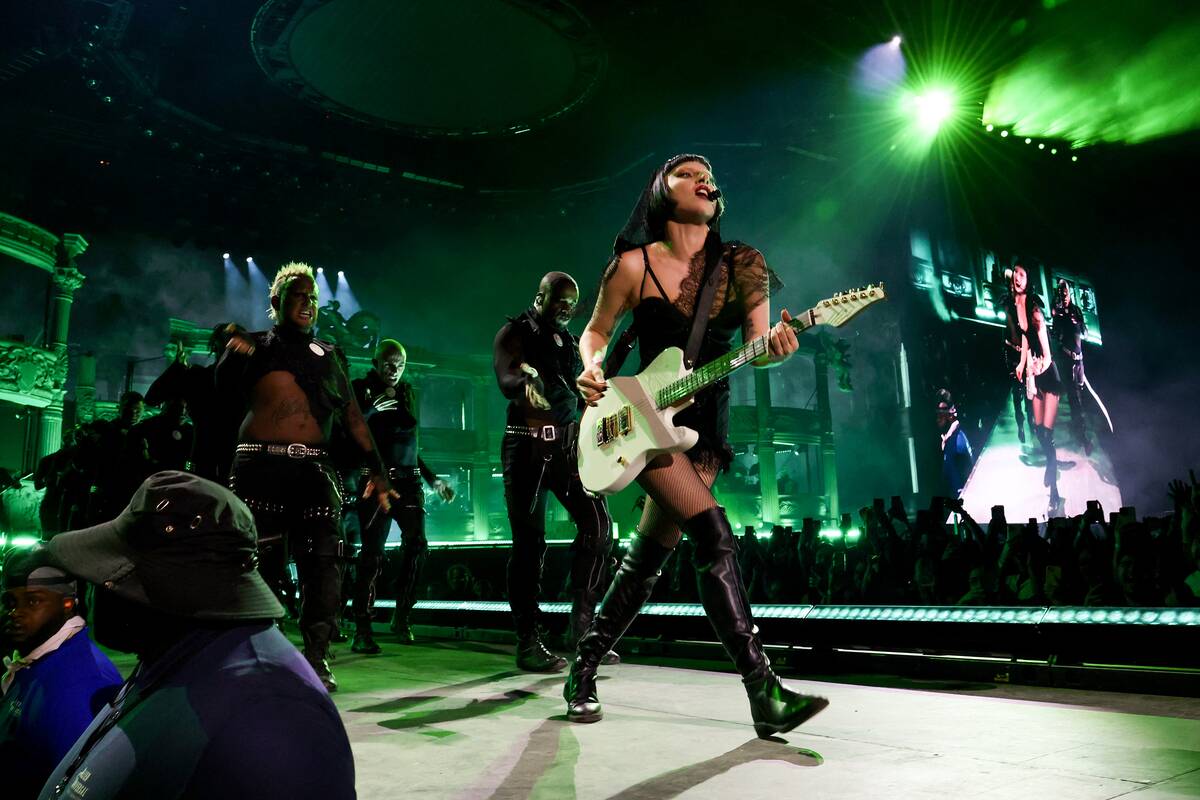
Music festivals have a significant economic impact on local communities, generating revenue through tourism, employment, and local business support. Events like SXSW in Austin and Coachella in Indio attract thousands of visitors, boosting local economies and creating jobs. These festivals often collaborate with local vendors and organizations, ensuring that the economic benefits extend beyond the festival grounds and contribute to the growth and vitality of the community.



